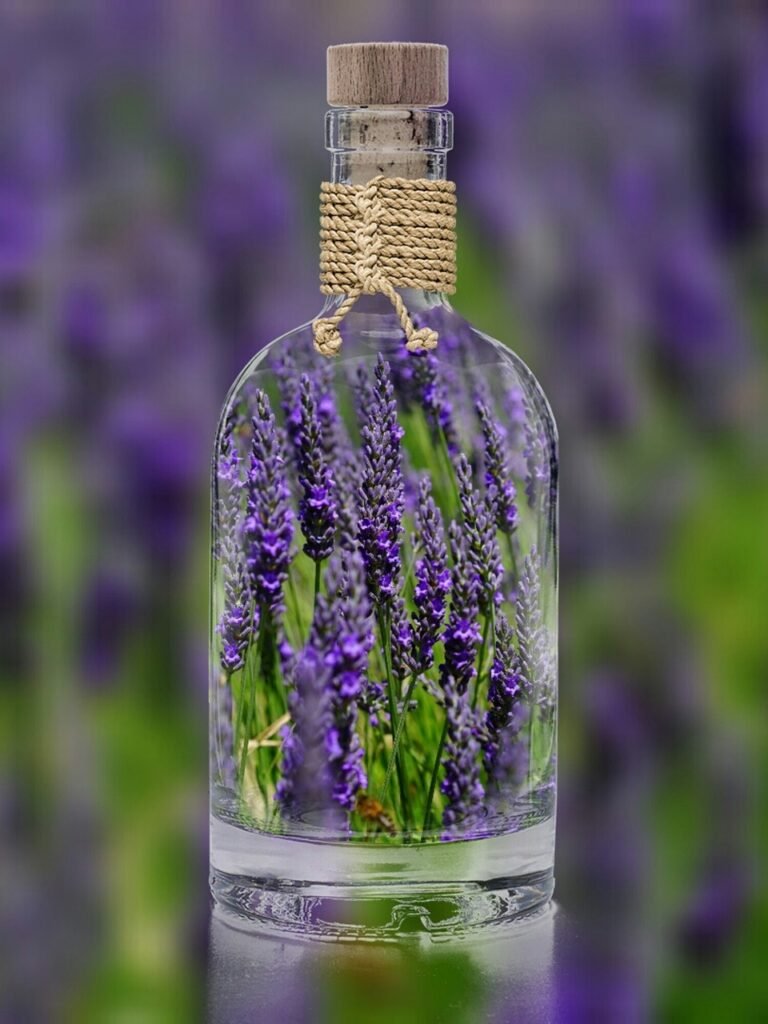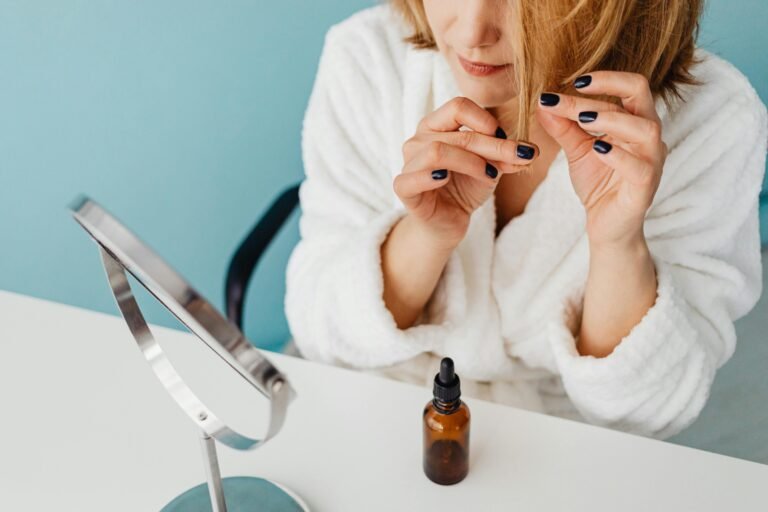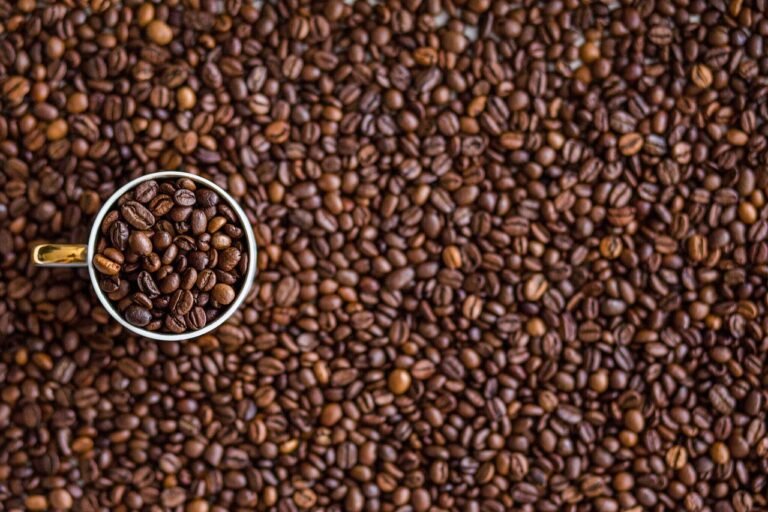How to Make Rose Oil: Simple Steps for Luxurious DIY Aromatherapy at Home!
Are you curious about how to make rose oil at home? Making rose oil is not only a delightful DIY project but also a gateway to fabulous aromatherapy experiences.
Rose oil is a pretty fragrance. It’s a versatile powerhouse among all the natural aromatherapy. The rose oil benefits are so many from boosting your skincare routine to soothing your mind. We’ll explore its uses in luxury skincare, relaxation, and even crafting DIY spa products in this blog post. This homemade beauty oil can transform your everyday routine into something special.

What is Rose Oil?
Overview of Rose Oil
Let’s talk about rose oil. Extracted from the petals of roses, rose oil is renowned for its exquisite fragrance and therapeutic properties. It’s a popular ingredient in skincare, perfumery, and aromatherapy.
Types of Rose Oil
There are two main types of rose oil: rose absolute and rose otto. Rose absolute is extracted using solvents, while rose otto is obtained through steam distillation. Each has its own distinct aroma and uses. Personally, I lean toward rose otto because it feels like capturing the soul of a rose in a bottle.
History and Origin
Rose oil has a rich history. It dates back to ancient civilizations like Persia and Egypt, where it was used for its beauty benefits and spiritual ceremonies. Cleopatra, they say, adorned her sails with rose petals to seduce Mark Antony. Talk about setting the mood!
Benefits of Rose Oil
Rose Oil for Skin
For the skin, rose oil is a powerhouse. It’s known for its anti-inflammatory and moisturizing properties. It is nature’s moisturizer with a hint of luxury. I’ve used it in my own skincare, and it leaves my skin feeling supple.
Aromatherapy Benefits
And then there’s aromatherapy. Inhaling rose oil can be incredibly calming. It’s like a deep breath of tranquility. Whether you’re stressed or just need a bit of chill time, rose oil can be your go-to calming agent.
Emotional and Mental Well-being
Roses are therapists in a bottle beyond being pretty. Studies suggest that rose oil may help reduce anxiety and improve mood [source]. I’ve found it helpful during stressful workdays or whenever motherhood gets a bit too hectic.
Essential Equipment and Ingredients for Making Rose Oil
1. Fresh Rose Petals
Start with fresh, aromatic rose petals. The kind you would want in a bouquet you’d gift yourself. Organic is best since we’re going as natural as possible here.
2. Carrier Oils
You’ll need a carrier oil like jojoba, sweet almond, or coconut oil. I’ve used almond oil in past DIYs. It doesn’t overpower the rose scent and is great for the skin. My post on homemade cuticle oil have some great carrier oil recommendations. Here is my go to almond oil to use as the carrier oil.
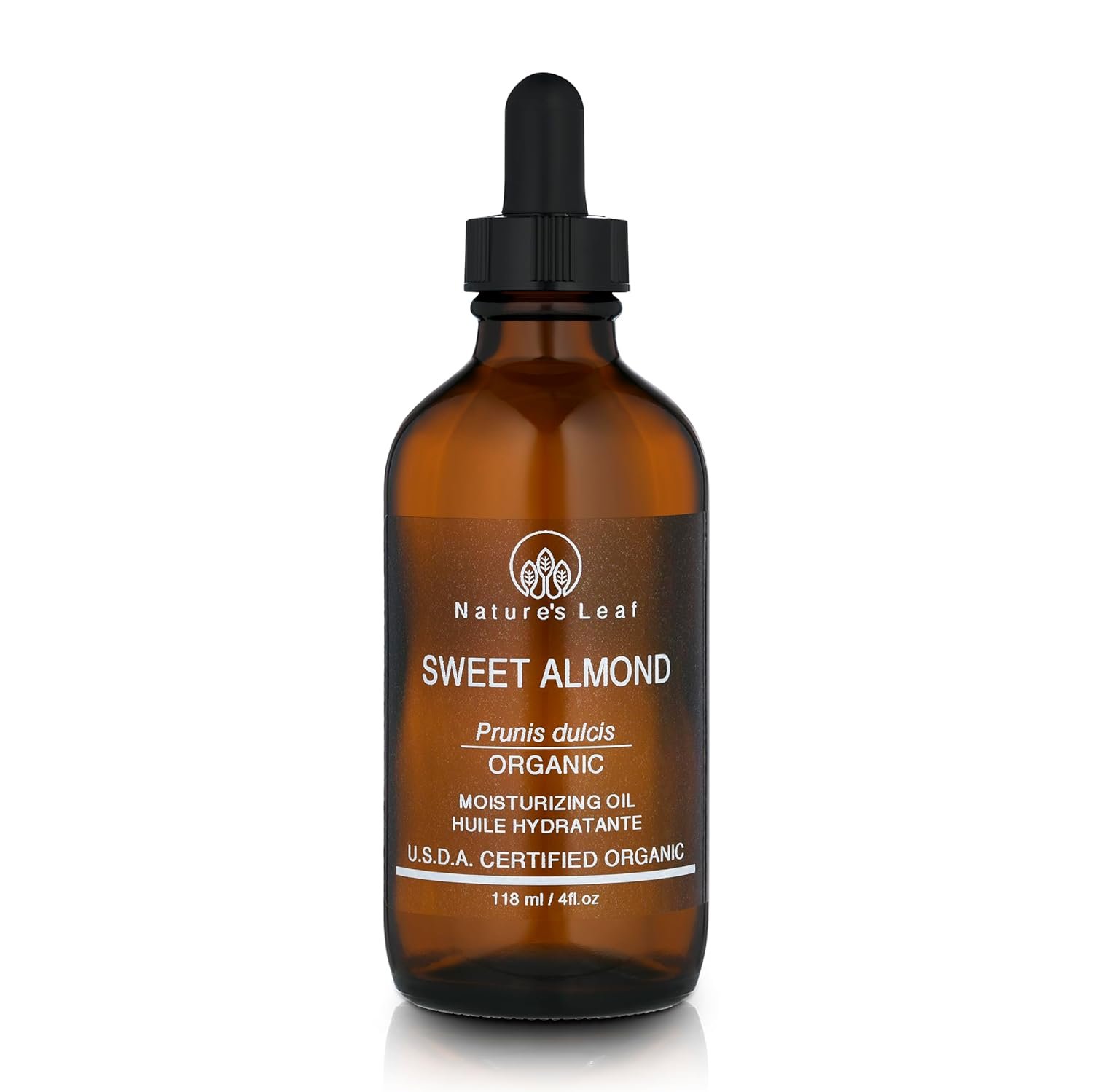
HANDCRAFTED AND MANUFACTURED BY NATURES LEAF – In our own state of the art manufacturing facility. Celebrating 25 years of manufacturing excellence. Proudly made in the U.S.A. under the watchful eyes of professional Artisans.
3. Essential Tools
Gather containers, a glass jar, and cheesecloth for straining. Spoiler alert: these are as low-tech as it gets. You’ll have most of these lying around.
Methods of Making Rose Oil at Home
Infusion Method
My go-to method is infusion. It’s simple. Pack rose petals in a jar with your carrier oil. Let it sunbathe for a few weeks.
Cold Press Extraction
Then there’s cold press extraction. This method preserves the delicate scent of the roses but needs special equipment. So maybe not the easiest if you’re just starting out.
Steam Distillation
Finally, steam distillation. This method is common in commercial setups. It’s science meets art, with steam and condensation doing the dance to capture that essence.
Step-by-Step Guide to Homemade Rose Oil
Step 1: Preparing the Roses
First, wash your roses. They need a spa day before you extract their essence!
Step 2: Selecting and Mixing the Carrier Oil
Next, choose your carrier oil. Pick what suits you best, then mix it with your petals in a glass jar.
Step 3: Infusing the Oil
Now, let the mixture sit. Out comes the sun, in goes the jar. Keep it sunny for a couple of weeks and give it a shake occasionally, like a gentle wake-up call.
Step 4: Straining and Bottling
After your oil has soaked up all that rosy goodness, strain it using a cheesecloth. Bottle it up and label it for use. You’ve just made your own handcrafted rose oil.
DIY Aromatherapy Projects Using Rose Oil
With your rose oil, crafting beauty products is a breeze. Blend it into lotions or creams for added hydration. My girls call it Mommy’s magic potion.
Why not create bath bombs or salts? A few drops of rose oil can transform a dull bath into a spa-like experience. And trust me, that’s a weekend delight.
Mix rose oil with other essential oils to concoct your own fragrance. A bit of lavender, maybe some chamomile — you’re the artisan.
Using Rose Oil in Daily Routine
It’s as simple as adding a drop of rose oil to your daily moisturizer. It’s like gifting your skin a drink of luxury.
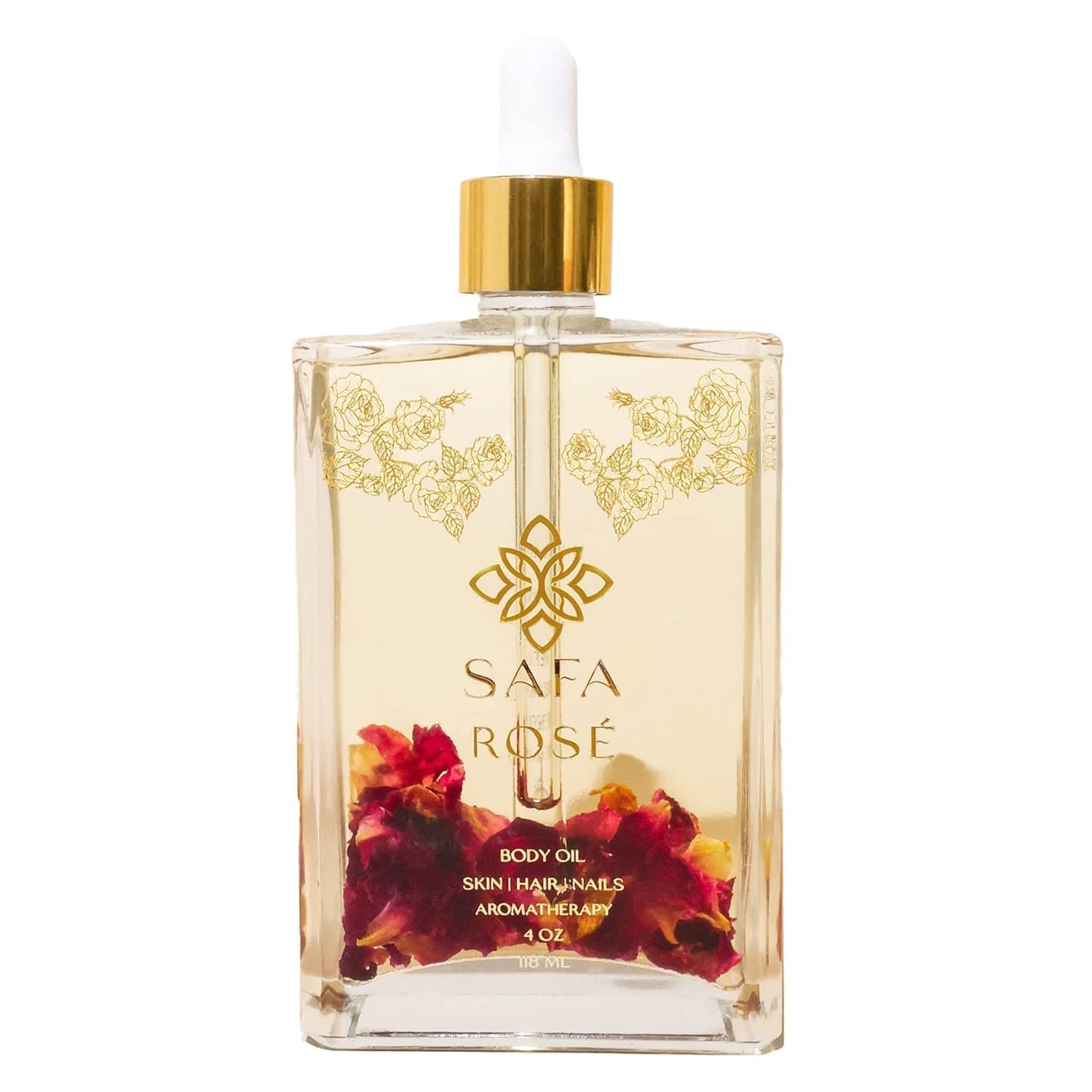
SAFA Rosé Oil is formulated with 100% pure plant extracts and phytonutrients. We do not compromise on quality and do not use caprylic/capric triglyceride that is vegetable derived and can clog pores. Using the healthiest ingredients which are Vegan, Organic, Cruelty-Free, free of parabens, phthalates, alcohol, and other harmful chemicals and toxins. All natural, safe and effective ingredients to nourish and enrich your skin
A quick inhale of rose oil can turn a frazzled moment into a peaceful pause. It’s my secret trick when the kids have turned the living room into chaos central.
You can also dim the lights, play some soft tunes, and diffuse rose oil. It’s a retreat in your own home without the steep price tag of a spa day.
Storing and Preserving Homemade Rose Oil
Store your rose oil in a cool, dark place. Light and heat are its nemeses. It’s a bit like caring for fine wine.
Given the absence of preservatives, it’s best to use your homemade rose oil within six months. Quick tip: jot down the date you made it, and maybe treat yourself before then.
There you have it, folks! Making rose oil is an investment in your well-being. Let rose oil introduce a bit of indulgence and self-care into your life!
Sources:

